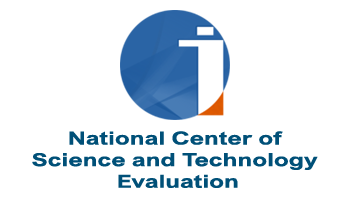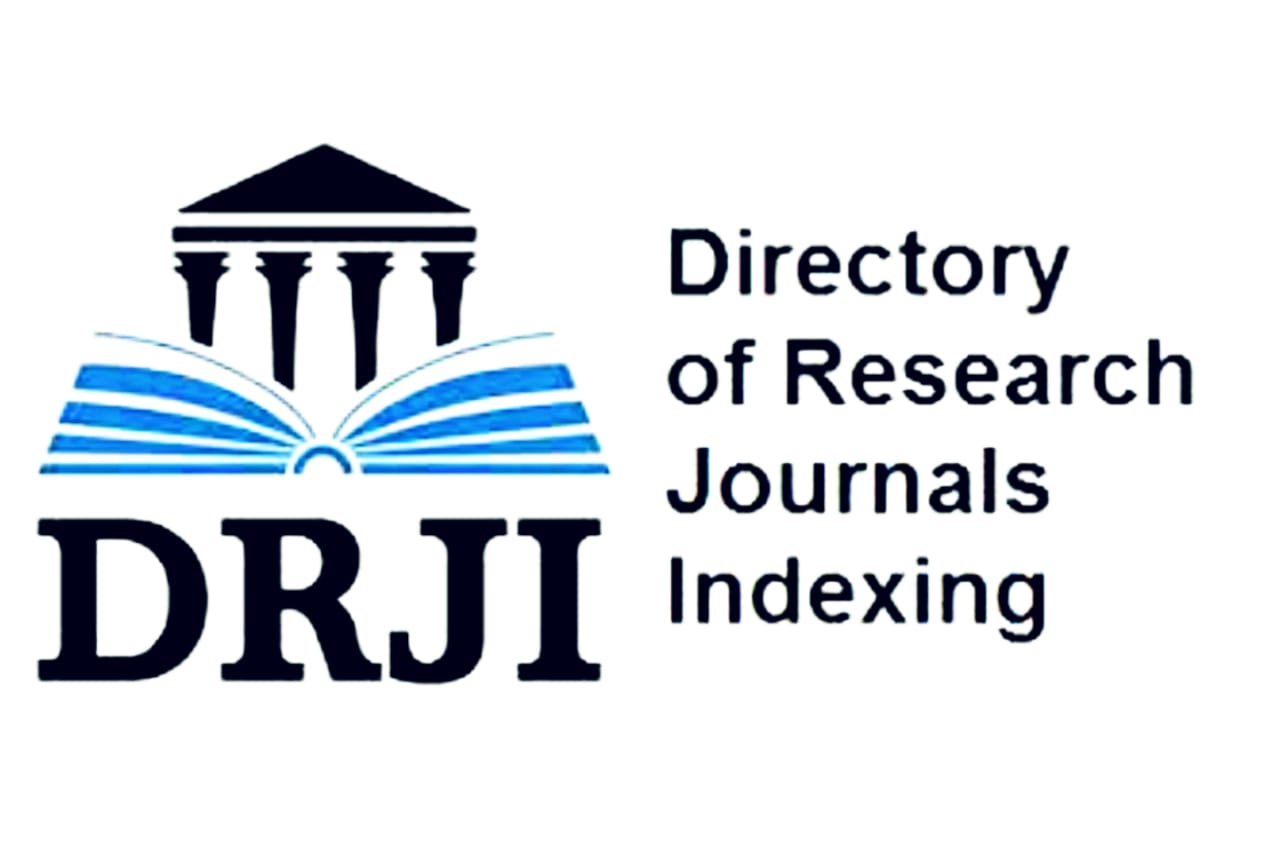Results of the comprehensive study in newborn babies with congenital phenylketonuria
DOI:
https://doi.org/10.26577/ijbch.2022.v15.i1.03Abstract
The timely detection of newborns with congenital phenylketonuria, in which the metabolism of the amino acid phenylalanine is disturbed due to the lack of the enzyme phenylalanine hydroxylase, remains an urgent issue. Increase in the level of phenylalanine and its toxic products in the cell leads to severe brain damage, which manifests itself in the form of mental retardation. Prompt diagnosis of phenylketonuria can prevent severe dementia and serious mental disorders. The aim of the work is a comprehensive study of newborns with congenital phenylketonuria for which enzymatic immunoassay, real-time PCR, tandem mass spectrometry were applied. Out of 5,293 newborns screened at the genetic laboratory of LPP “Center for Molecular Medicine” (Almaty, Kazakhstan) in 2019, two newborns were diagnosed with congenital phenylketonuria. The molecular genetic study in both of them indicated the presence of the R408W mutation in the heterozygous state in phenylalanine hydroxylase PAH gene. Upon application of the appropriate dietary therapy, the concentrations of phenylalanine in the blood reached 62.9 µM/L in the 1st and 173 µM/L in the 2nd newborn, which corresponds to its reference value. For the effective treatment of congenital phenylketonuria with a confirmed diagnosis based on molecular genetic studies (detection of a mutation in the PAH gene) in newborns, it is proposed to conduct additional biochemical studies for possible metabolic disorders.
Downloads
How to Cite
Issue
Section
License
Copyright (c) 2022 International Journal of Biology and Chemistry

This work is licensed under a Creative Commons Attribution-NonCommercial-NoDerivatives 4.0 International License.
ааа
















